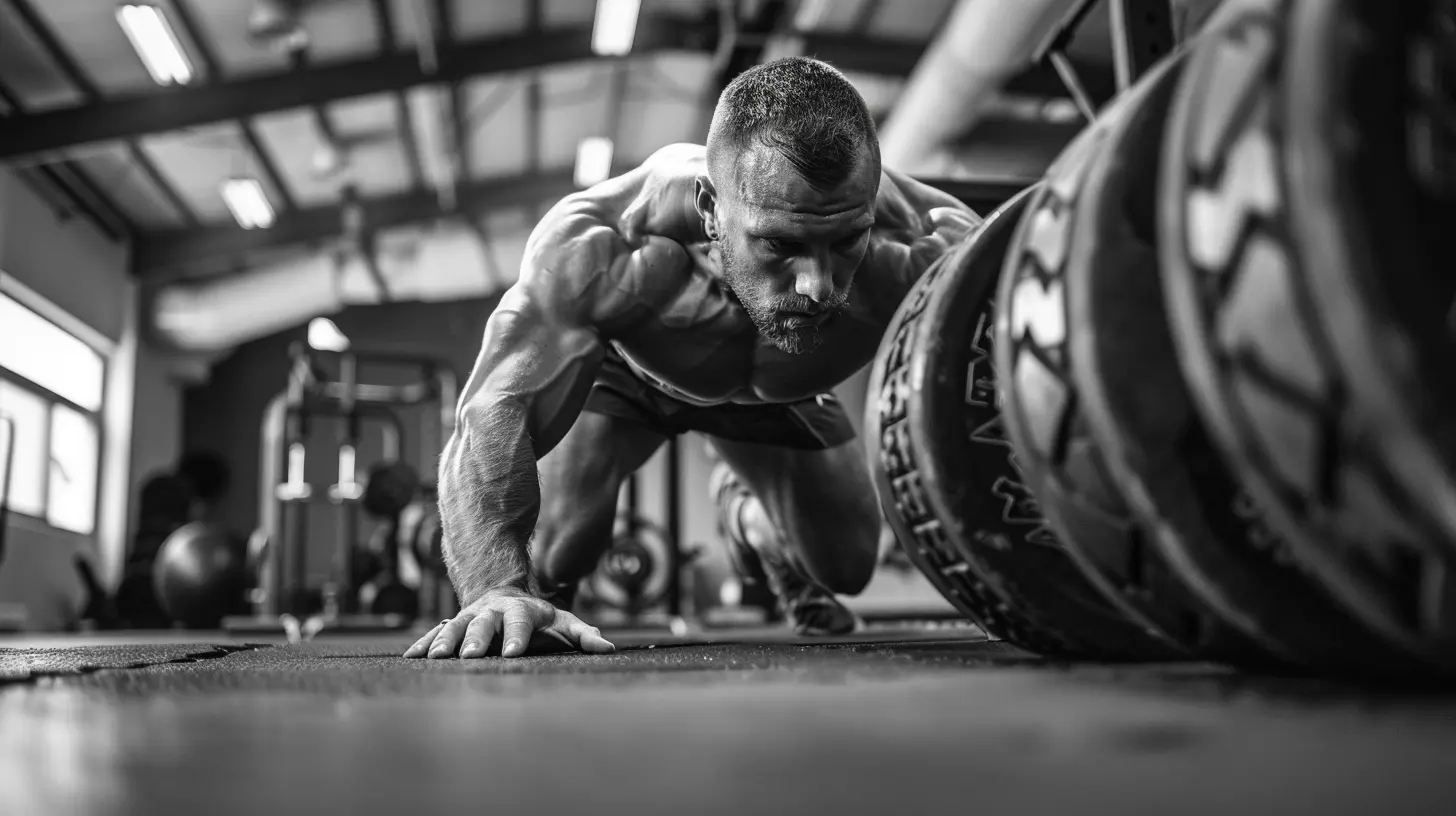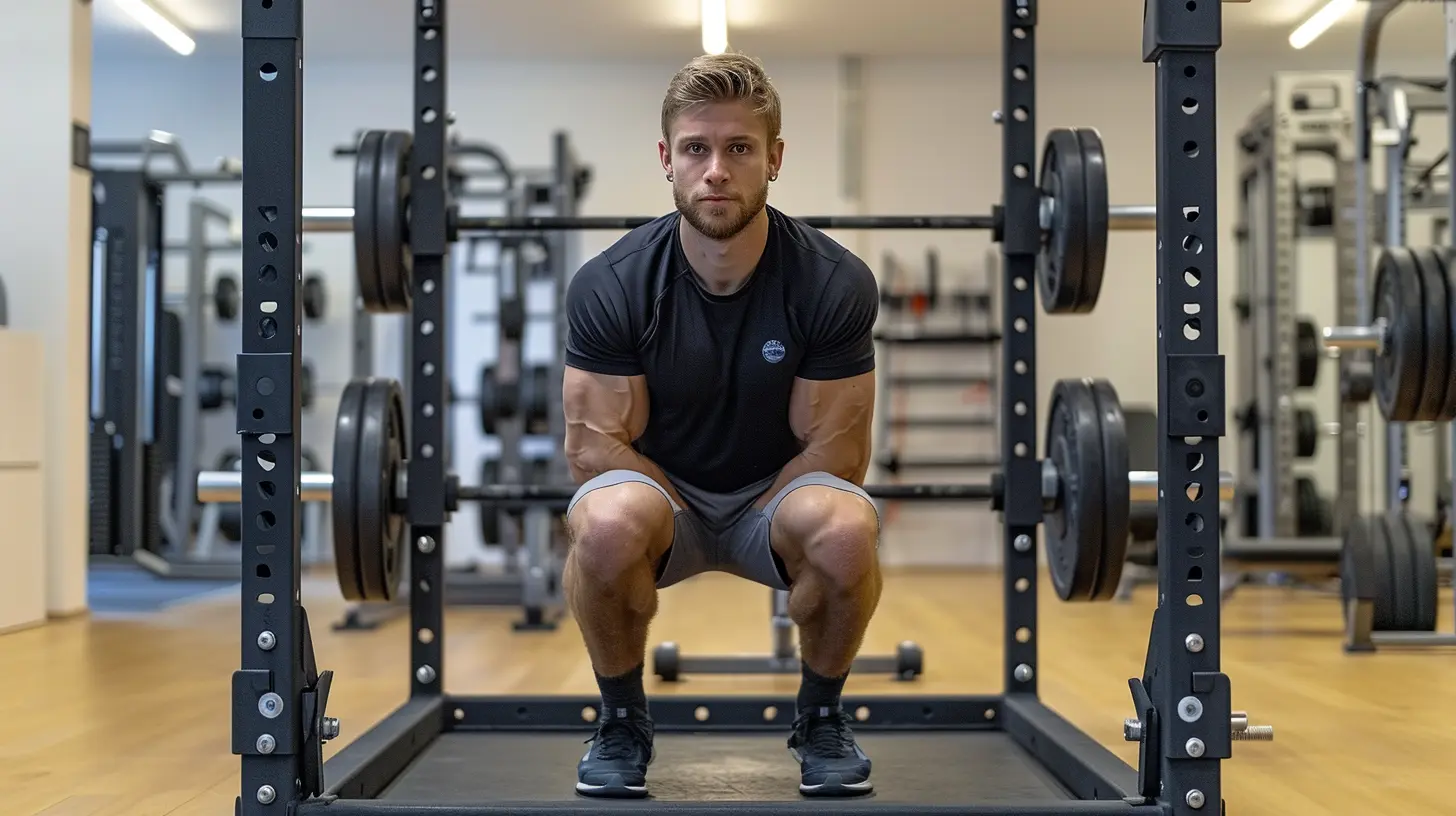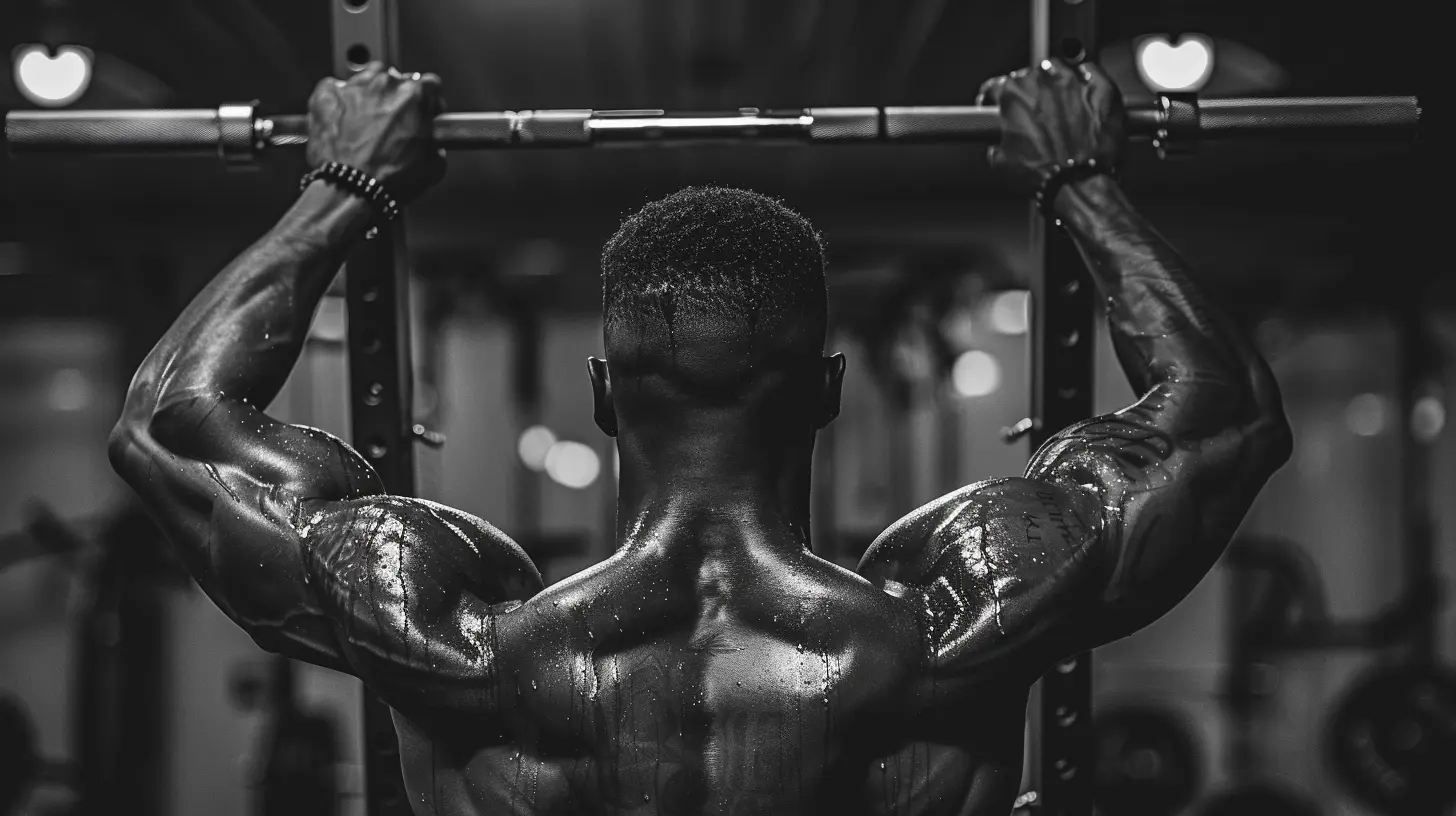How to Train for Functional Strength in the Gym
14 October 2025
When was the last time you lifted something heavy outside the gym—like hoisting your kid, carrying groceries, or rearranging furniture—and thought, “Yeah, that squat session really helped”? That's the beauty of functional strength. It's not about chasing biceps pumps or setting PRs for clout; it's about training your body to be stronger, more capable, and injury-proof for real life.
In this guide, we’re doing a deep dive into functional strength—what it means, how it differs from traditional bodybuilding or powerlifting, and exactly how to train for it in the gym. If you've ever felt like your workouts aren't translating into real-world movement, this is for you.
What Is Functional Strength, Really?
Let’s clear something up straight away: functional strength isn’t some fluffy fitness trend. It's strength with purpose.Functional strength is the kind of strength that helps you move through life better. It centers around multi-joint, compound movements that mimic everyday actions—bending, pushing, pulling, lifting, rotating—by engaging multiple muscles simultaneously.
Whether you're an athlete or just someone who wants to move better, training for functional strength means:
- Building a solid foundation of mobility, stability, and coordination
- Strengthening muscles in ways that improve real-life performance
- Creating a more resilient body that’s less prone to injury
Why Most Workouts Miss the Mark
Let me guess—you hit chest on Monday, back on Tuesday, legs on Wednesday… and so on. That’s the classic body part split, and while it works for hypertrophy (that means muscle gains), it doesn’t always translate to functionality.Traditional training often isolates muscles. But your body? It doesn't move in isolation. Think about a basketball player driving to the hoop or a firefighter hauling a hose—these movements involve the entire kinetic chain working together. That’s where functional strength training comes in strong.
The Building Blocks of Functional Strength
Before you jump into exercises, you need to understand the core pillars that support functional strength. We're talking about six major movement patterns:1. Squat
Think: sitting, standing, jumping. It’s all about lower body strength and core stability.2. Hinge
Think: picking something up off the floor. This pattern targets the glutes, hamstrings, and lower back.3. Lunge
Think: walking up stairs, stepping over things. It builds unilateral strength and enhances balance.4. Push
Think: pushing a door open, doing a push-up. Works the chest, shoulders, and triceps.5. Pull
Think: opening the fridge, doing a pull-up. Strengthens the back, biceps, and forearms.6. Rotation (or anti-rotation)
Think: swinging a bat, reaching across to grab a seatbelt. Engages the obliques and deep core muscles.Nail these movements, and you’ll build the kind of strength that actually matters.
Functional Strength vs. Aesthetic Training
Let’s break it down:| | Functional Strength Training | Aesthetic Bodybuilding Training |
|------------------------|-------------------------------|-----------------------------------------|
| Focus | Movement quality & real-life strength | Muscle size & definition |
| Movement | Compound, multi-plane | Often isolated, single-plane |
| Equipment | Kettlebells, dumbbells, bodyweight, cables | Barbells, machines, split routines |
| Core Emphasis | All the time—core is central | Occasionally |
| Flexibility & Mobility| High priority | Usually minimal |
Bottom line: if you want to look good in a mirror, bodybuilding is fine. But if you want to move like a superhero and avoid tweaking your back when tying your shoes? You need functional strength.
Building a Functional Strength Training Program
Alright, let’s get into the nitty-gritty—how do you actually train for this in the gym?1. Start With a Dynamic Warm-Up
We’re not talking about 5 minutes on the treadmill. Warm-ups for functional strength should mimic real movements and get your joints ready. Try this:- Hip circles
- Arm swings
- Walking lunges with rotation
- High knees
- Inchworms
2. Train Movement Patterns, Not Body Parts
Instead of “Chest Day,” structure your week around these movement patterns. Here’s a rough split:Day 1: Push + Core
Day 2: Pull + Mobility
Day 3: Squat + Hinge
Day 4: Rotation + Conditioning
This setup makes sure you're covering every base without overtraining a single muscle group.
3. Go Multi-Planar
Life doesn’t happen in a straight line, so neither should your workouts.Incorporate exercises that move through all three planes of motion:
- Sagittal Plane (forward/back): Deadlifts, squats
- Frontal Plane (side-to-side): Lateral lunges, side planks
- Transverse Plane (rotational): Russian twists, cable woodchoppers
This is how you build resilient, well-rounded strength.
4. Use Unstable, Real-World Tools
Dumbbells, kettlebells, resistance bands, medicine balls—these tools challenge stability and coordination far better than a Smith machine ever could.Some go-to equipment:
- Kettlebells for swings, Turkish get-ups, and carries
- Medicine balls for slams and throws
- TRX suspension trainers for scalable bodyweight movements
- Sandbags for awkward, functional carries
5. Focus on Core Integration
Forget endless crunches. A functional core is stable, responsive, and can handle pressure from all directions. Add these to your routine:- Planks (front, side, and RKC variation)
- Pallof press (anti-rotation)
- Suitcase carries
- Bird dogs
Pro tip: your core isn’t just your abs—it’s everything from your shoulders to your hips working as one unit.
Sample Functional Strength Workout
Let’s put theory into practice. Here's a full-body, functional strength day:Warm-Up (8 minutes)
- Jump rope x 1 min
- Walking lunges x 10 reps/side
- Arm circles + shoulder rolls
- Hip openers + inchworm to push-up
Workout (3 Rounds)
1. Goblet Squat (Dumbbell/Kettlebell) - 10 reps
2. TRX Rows - 10 reps
3. Single-Arm Kettlebell Overhead Press - 8 reps each side
4. Romanian Deadlifts (Dumbbells) - 12 reps
5. Plank with Shoulder Taps - 30 secs
Finisher (Optional)
- 3 Rounds: 15 ball slams, 20 jumping jacks, 10 burpees
Cool Down (5–10 minutes)
Deep stretches for hips, hamstrings, shoulders, and thoracic spine. Breathe, relax, and reset.
The Recovery Piece
Let’s not skip this—recovery is where your gains happen.Functional training can be demanding because it hits multiple systems: strength, endurance, balance, coordination, you name it.
Make sure you:
- Sleep 7–9 hours a night
- Stay hydrated
- Eat enough protein (aim for 0.8–1g per pound of bodyweight)
- Take rest days or include active recovery (like yoga or walking)
Treat rest like training—schedule it!
Functional Strength for Different Goals
Whether you’re an everyday Joe, a weekend warrior, or a competitive athlete, functional training scales to fit your needs.For Beginners
- Master basic bodyweight movements first- Focus on form, not weight
- Use resistance bands for assistance
For Athletes
- Emphasize power (think plyometrics and Olympic lifts)- Train sport-specific movement patterns
- Include sprints, agility drills, and explosive movements
For Older Adults
- Prioritize balance, coordination, and mobility- Use light to moderate weights
- Focus on movement control and injury prevention
Common Mistakes to Avoid
Let’s be real—functional training isn’t foolproof. Here are a few pitfalls to dodge:❌ Ignoring form: The goal is movement quality, not speed or weight.
❌ Overcomplicating it: Fancy doesn’t mean better. Stick to basics done well.
❌ Skipping unilateral work: Most people are stronger on one side. Even it out.
❌ Neglecting mobility and stability: These are the foundation. Don’t gloss over them.
❌ No progression plan: If you’re not tracking and progressing, you’re guessing.
Final Thoughts
Functional strength isn’t about being the biggest, fastest, or most ripped. It’s about moving better, feeling stronger, and living pain-free. When you train with intention—and train movements, not muscles—you unlock a version of yourself that’s capable in every aspect of life.So the next time you walk into the gym, ask yourself: “Am I just working out, or am I training to be better at life?”
If it’s the latter—congrats, you're on the right path.
all images in this post were generated using AI tools
Category:
Gym TrainingAuthor:

Frankie Bailey
Discussion
rate this article
1 comments
Helen Mendez
Functional strength: where everyday moves meet gains!
October 22, 2025 at 4:29 AM

Frankie Bailey
Absolutely! Functional strength training bridges the gap between gym workouts and real-life activities, helping you build strength that translates to everyday movements.


